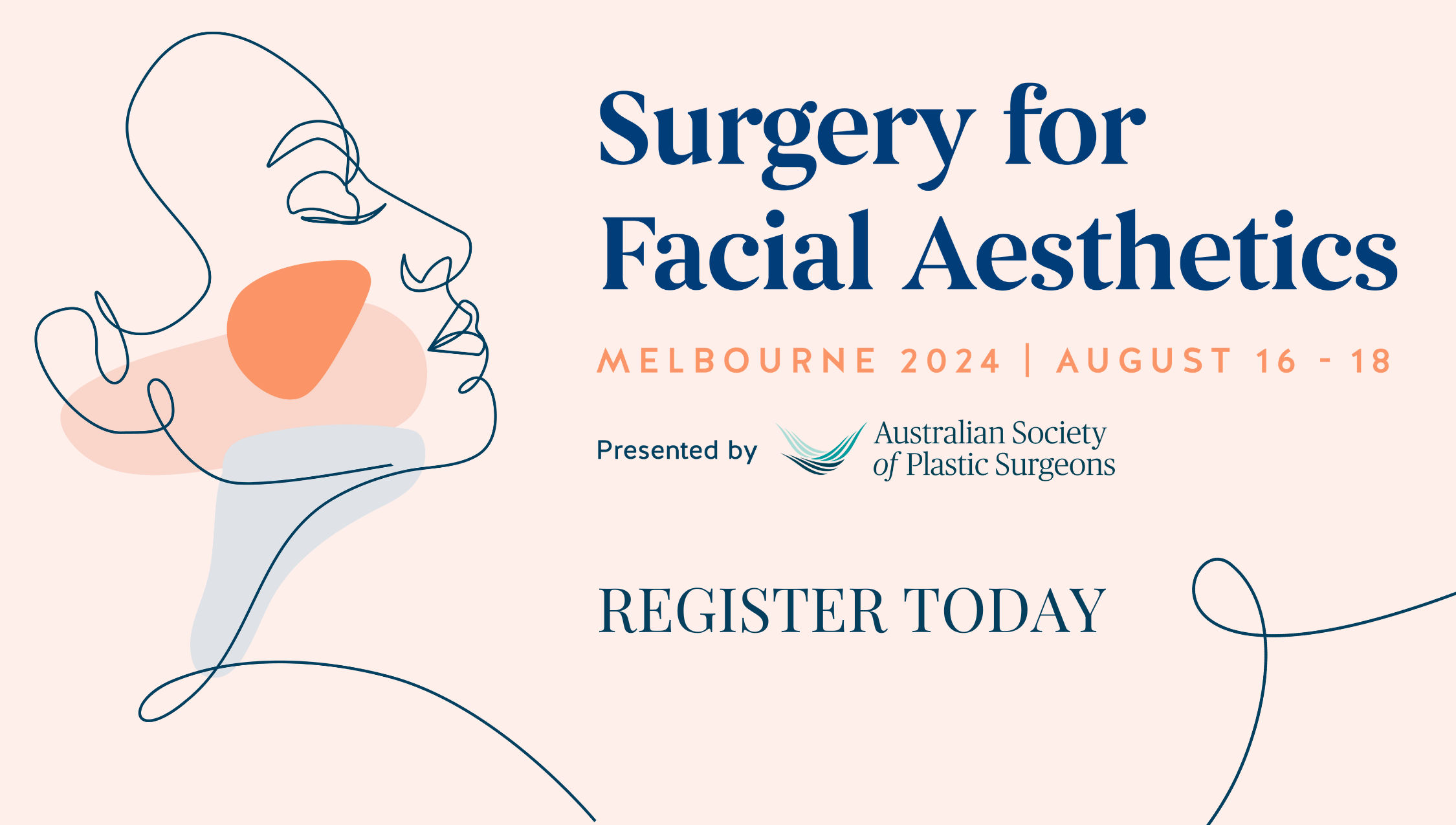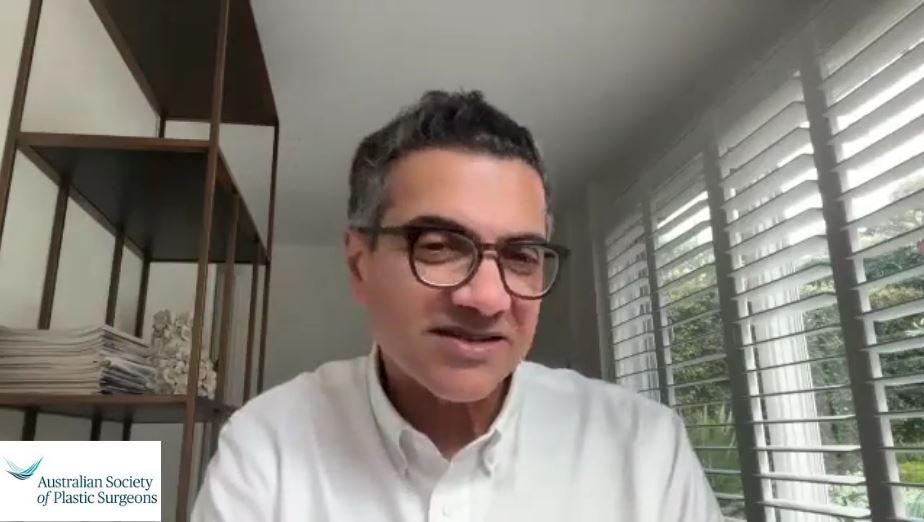Q&A with Joseph Dusseldorp: Sensation-preserving breast reconstruction for women after mastectomies
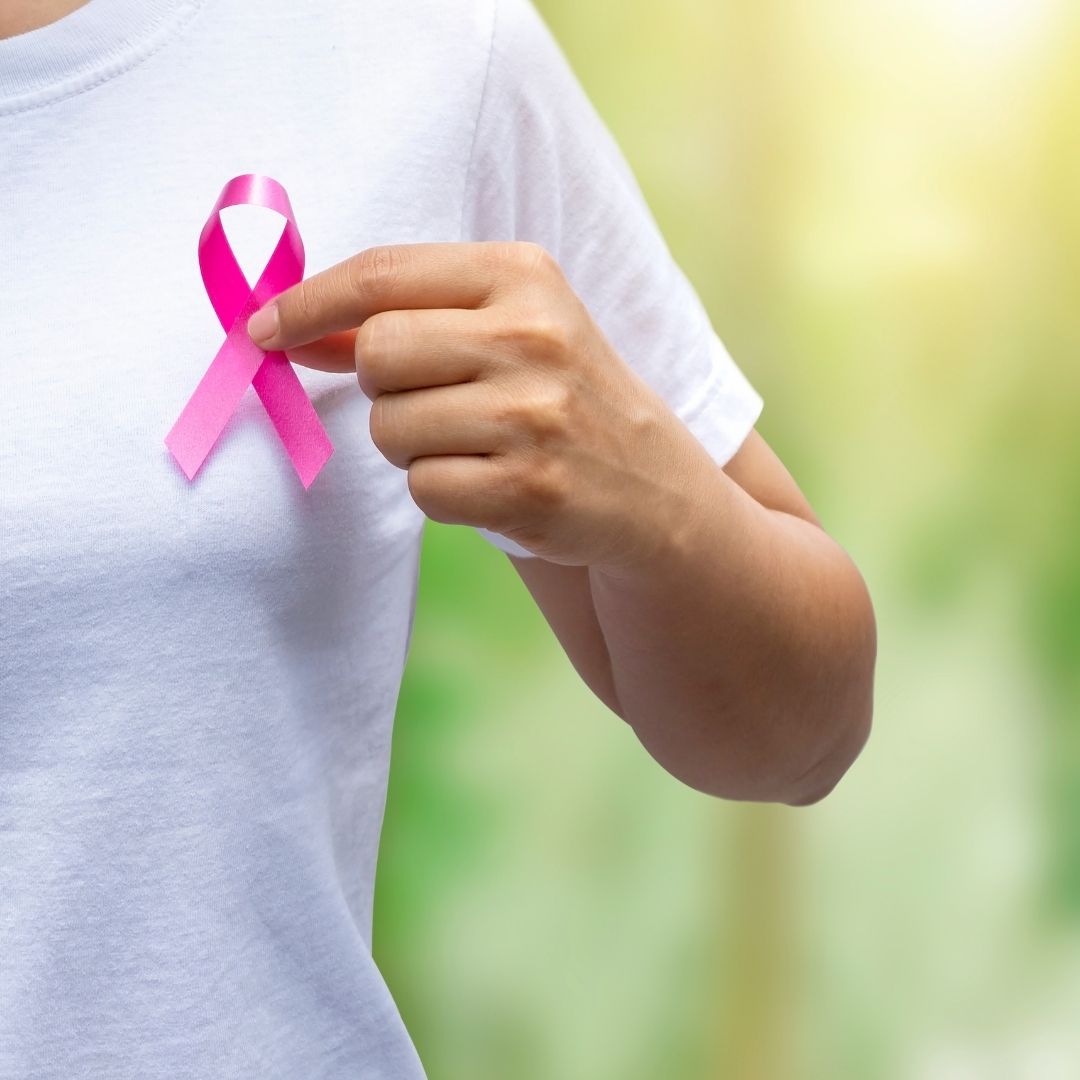
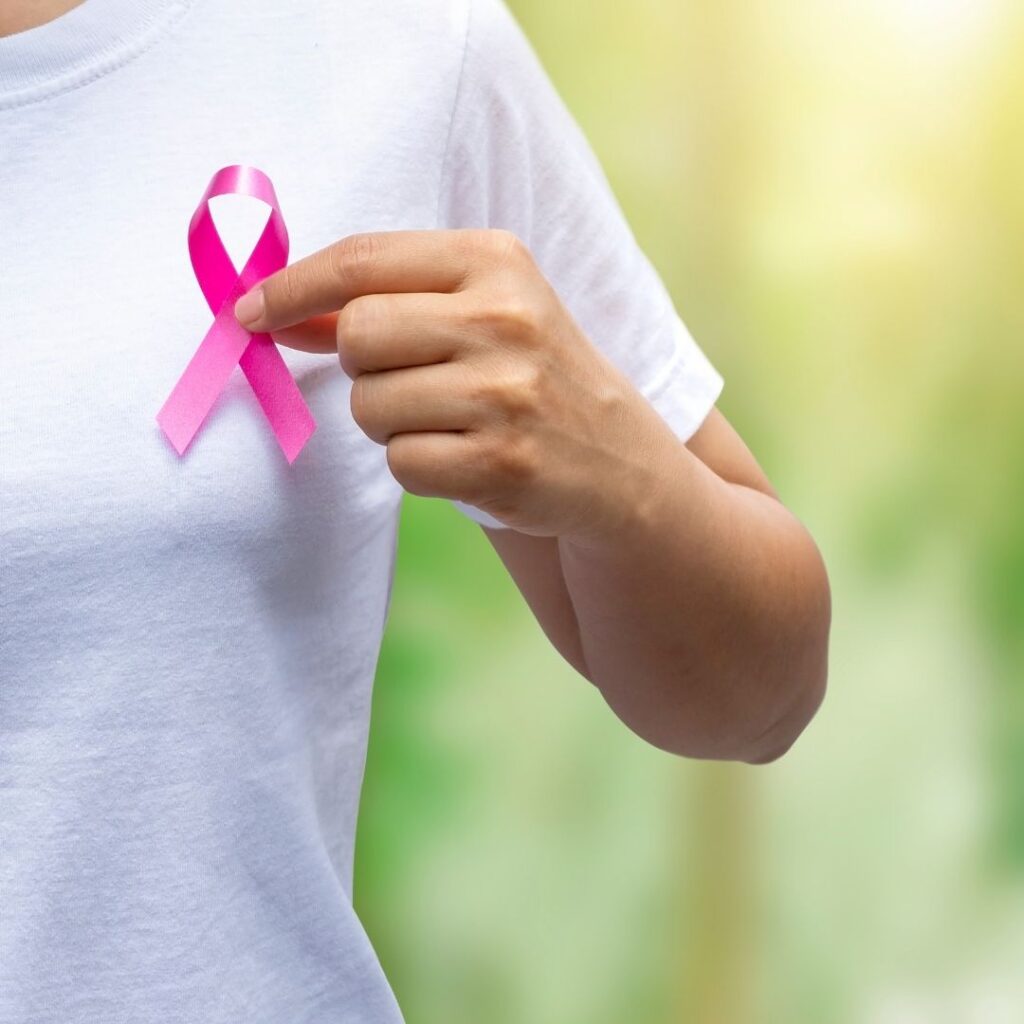
Q1. You have a research interest in sensation-preserving breast reconstruction for women after mastectomies. Can you tell us why sensory preservation is important?
When women undergo reconstruction after mastectomy, it is quite common to lose sensation in their reconstructed breast. This is of major concern to women and negatively impacts quality of life, self-confidence, and sexual function. Two separate patient advocacy groups brought this issue to the attention of our team during the pandemic. We undertook a period of investigation collaborating digitally with colleagues overseas that had pioneered the techniques for nerve preserving breast reconstructions and began prospectively collecting data on our cases in 2021.
We recently analysed our results after 2 years (average of 12 months follow up) and found significant improvements in women’s sensation when the nerves had been re-joined and a new nipple and areola had been reconstructed using the DIEP flap. Our research has confirmed earlier return of sensation to areas of the breast that might normally not get sensation at all; that is the area that makes up the new nipple and areola. It was also quite clear from our data that those who have had DIEP flap reconstructions had better skin sensation than those who have had implant-based reconstruction for skin-sparing and nipple-sparing mastectomies.
We believe that placing healthy living tissue under the native breast skin in a DIEP following mastectomy, gives rise to regenerative properties that are not present when using an implant. While we have more work to do, we are now able to inform women that reliable restoration of sensation is possible with tissue reconstruction but less so for implant-based reconstruction. This data has been presented at numerous international meetings in the last 6 months and is currently being prepared for publication.
Q2. Is this type of surgery suitable for all women considering autologous flap breast reconstruction?
Sensation-preserving mastectomy is potentially possible for all women considering autologous breast reconstruction if careful mastectomies are performed in the first instance to avoid damage to the sensory nerves. Sometimes, nerve sacrifice is unavoidable, so we may not be able to preserve skin sensation in those patients. It is tricky because the sensory nerve branches are so tiny that we are not able to image their exact location prior to surgery by methods such as ultrasounds or MRIs.
However, we know that sensory nerves usually run on either side of the breast. As surgeons, we look for potential nerve supply coming around from the lateral side of the breast and running up from the mid-chest. In the vast majority of cases, we can connect these nerves to those located in the abdominal flap reliably using microsurgical techniques.
Q3. Does sensation-preserving reconstruction add to the operation time of a standard autologous flap breast reconstruction?
Nerve reconstruction surgery does make DIEP Flap surgery longer by roughly 20-30 minutes, which is minimal in the course of what is already a lengthy operation. The addition of surgical time doesn’t significantly affect someone’s recovery after the operation. As my colleague and co-researcher A/Prof Mak says, “what may be 20 minutes more in the operating room for me is a woman’s lifetime of sensation”.
Q4. How do you test skin sensation? Are the sensory effects immediate or delayed and are all sensations restored?
We test skin sensation using Semmes Weinstein monofilament testing. This is a non-invasive, standardised method of testing patients’ skin sensation to light touch using fine filaments applied to the skin. It can be difficult to delineate what degree of sensation recovery is due to re-joining the nerves and what is due to natural regeneration from a skin-sparing or nipple-sparing mastectomy. This is because the skin of the breast is still attached to the chest wall and therefore some restoration of sensation may occur even without the nerve reconstruction.
It takes 3-6 months to start to see re-innervation in the body, including re-innervation coming from the chest wall or from the nerves that have been connected during surgery. Overall, our findings indicate the maximum amount of re-innervation of the nerves and sensory return happens around 18 months post-surgery. These results are very encouraging.
Interestingly, we have seen some patients regain temperature sensation although at present we don’t have a method for systematically testing this. We have not seen a case of nerve pain or hypersensitivity attributed to this technique nor have our colleagues internationally which is reassuring.
Q5. Do you think sensory-preserving breast reconstructions are the way of the future?
Work with nerve-preservation operations started in the late 70s and into the early 80s. Since then, nerve connection techniques have drastically improved. Our equipment, such as microscopes, are of a superior quality, thereby broadening the possibility for making these kind of nerve connections. These operations have very limited downsides. There are no increased rates of pain or other kind of nerve problems associated with it so we offer sensation-preserving reconstruction to women who require mastectomies in our practice. We are also seeing an increasing number of surgeons taking up this approach. In the future, we would also like to use nerve allograft to enable more connections to be made but this is a technique that is currently not available in Australia due to regulatory constraints. It is an exciting time for sensation-preserving surgeries in breast reconstruction. Watch this space!
Learn more about Dr Dusseldorp here, or to find his contact details, follow the link to our find a surgeon page.
Featured Stories
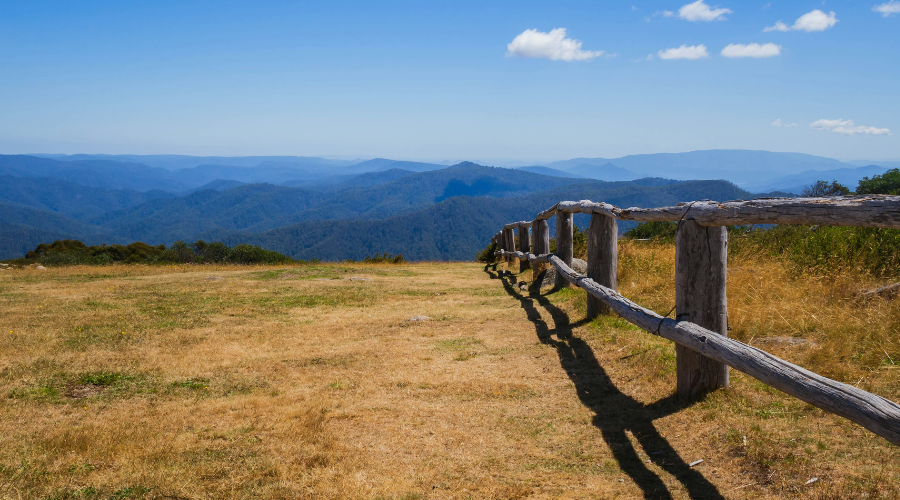
AJOPS Blog: Exploring rural and regional issues
Providing plastic surgery services in rural and regional areas of…
Continue reading Like
Like
